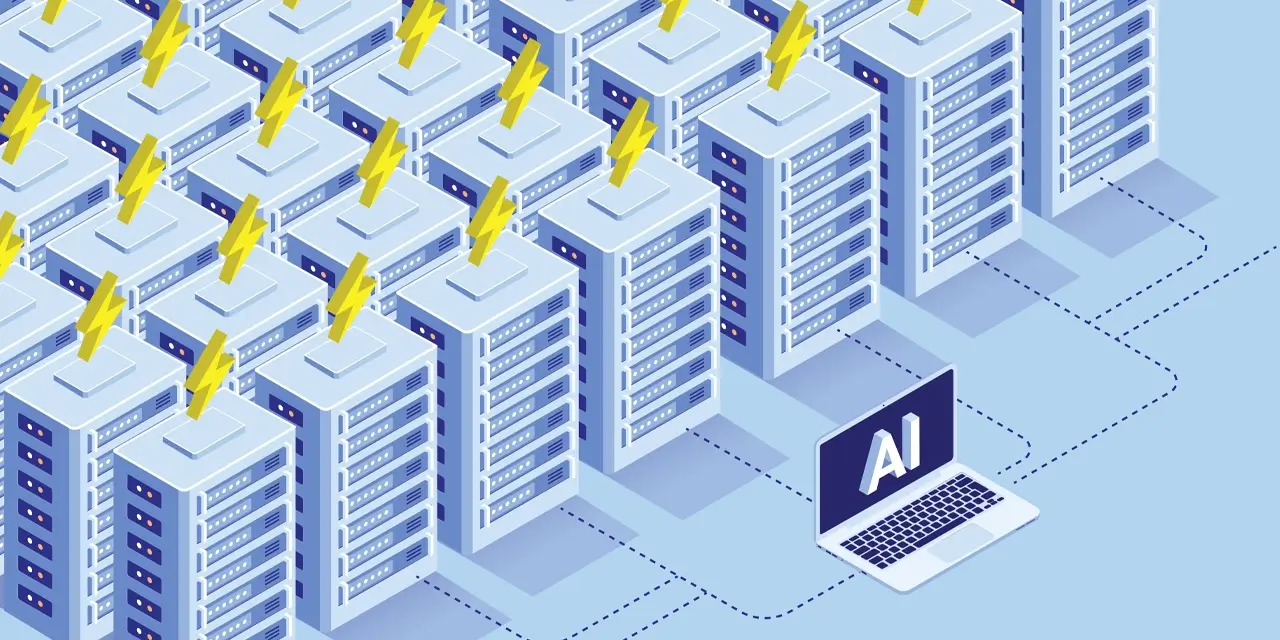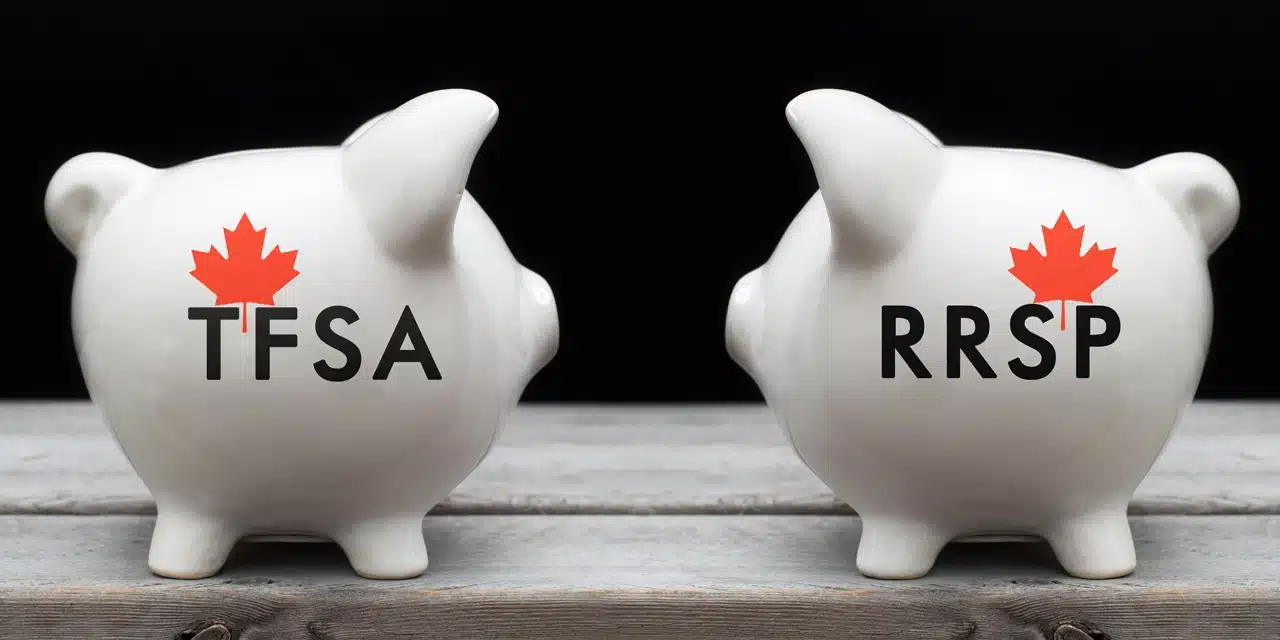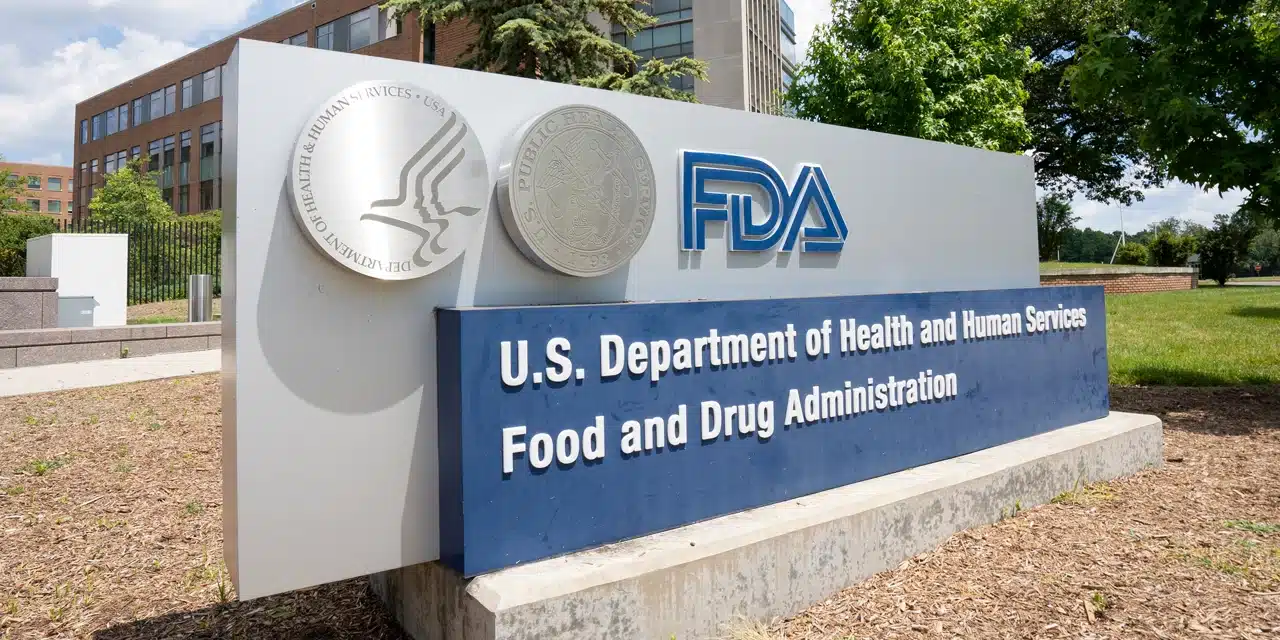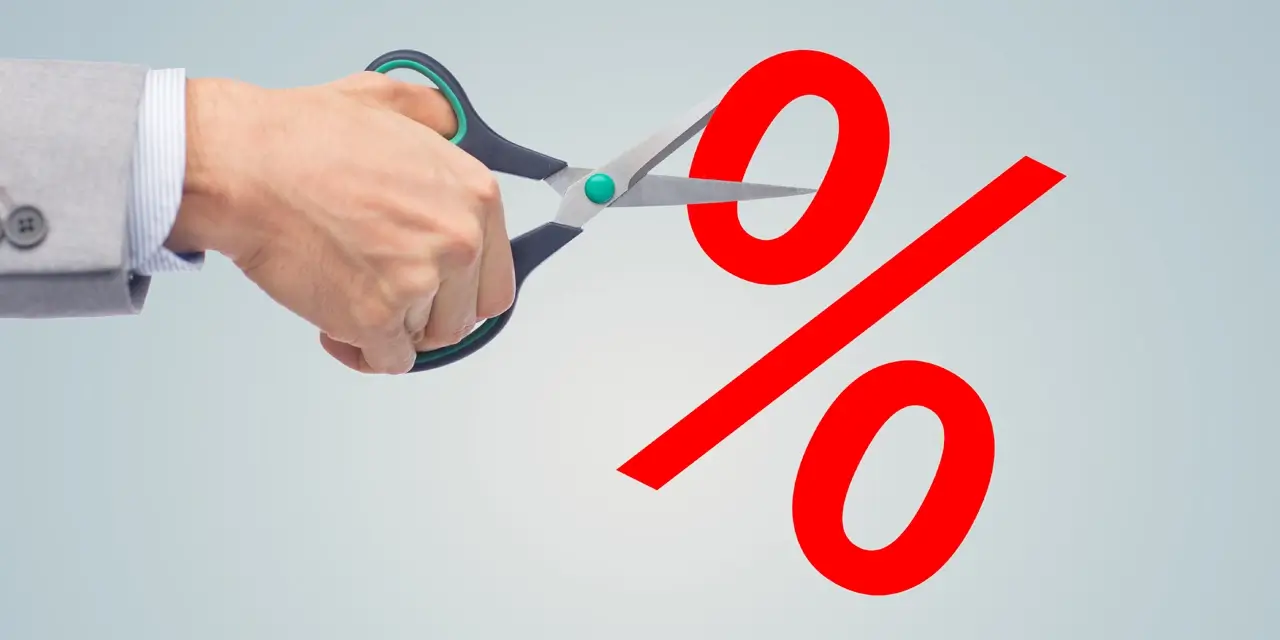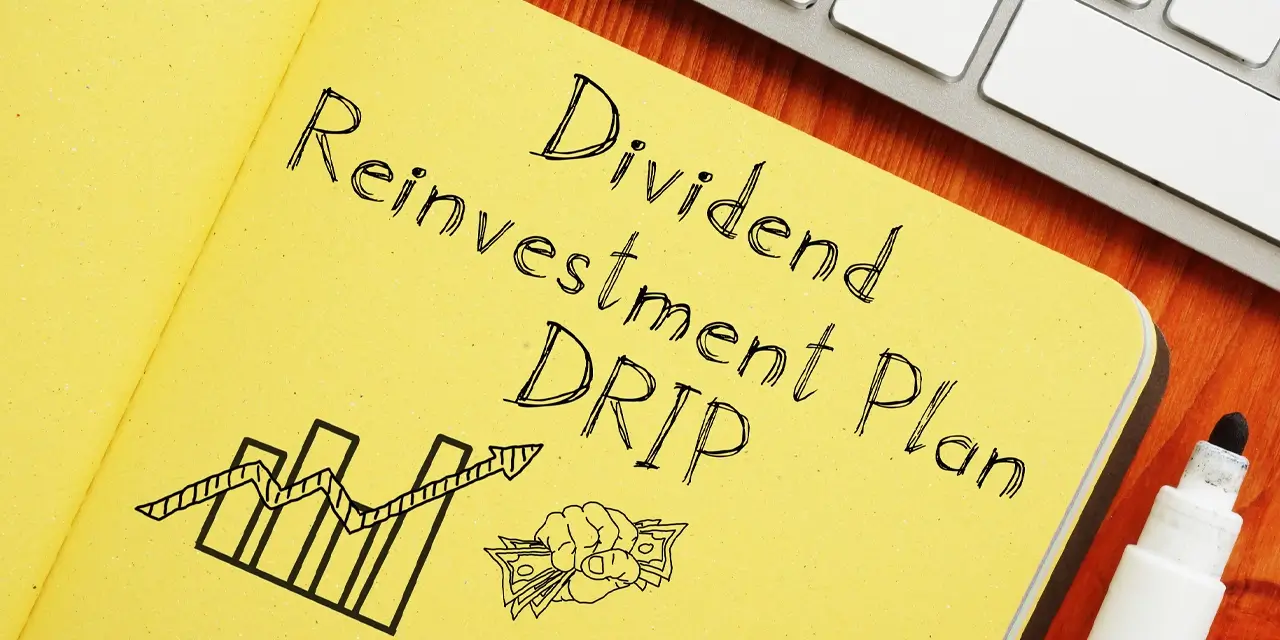 |
Michael KovacsPresident & CEO |

Published by Harvest ETFs
(Managed by Harvest Portfolios Group Inc.)

As interest rates have fallen to near zero, dividend-paying stocks have taken up the slack proving why they deserve a place at the heart of balanced portfolios.
It is difficult to generate adequate income through traditional bonds and bond-like investments and for those who try to find that higher yield, the only way is by taking on higher risk. The Bank of Canada and US Federal Reserve have indicated that rates will stay low for the next year or two, so the question for investors seeking income is how to make ends meet?
Fixed income will always have a place in a balanced portfolio, but I believe the answer is a portfolio that includes a bigger portion of top quality, dividend-paying companies, whose dividends offset the diminished returns of bonds.
At Harvest Portfolios Group, we believe that we hold these companies in our ETFs. They are multinationals companies with long track records of performance. The companies have well-established businesses and the deep pockets that offer financial flexibility. They have the resources to acquire weaker competitors and emerge from downturns even stronger. Their dividends tend to grow over time.
Dividends tell you a lot about a company. Since the commitment to pay them is made before the company has earned the money, they indicate confidence in the business outlook. If the dividend payments go back far enough, they tell you which down drafts the company has weathered. For example, McDonald’s, the world’s largest fast food chain is a holding in our Harvest Brand Leaders Plus ETF (HBF:TSX). It has increased its dividend in each of the past 44 years. It kept that streak alive this year, a difficult year for sure, announcing a dividend increase in September that is payable in December.
For investors who don’t need the cash now, Distribution Reinvestment Plans (DRIPs) offer a powerful compounding effect that enhances income. Reinvesting ETF distributions creates “dividends on dividends” in a virtuous circle. Harvest offers DRIPs in six of its ETFs.
Low rates are a particular challenge for those in retirement, or nearing it, because the lower returns on fixed income investments make it a challenge to meet income needs. This is coming at a time when an aging demographic and longer life spans mean that resources have to last that much longer. Canadians are retiring at the highest rate in history and living 10 or more years longer on average than their grandparents.
Today’s seniors are healthier and more active than ever. They are staying in the family home longer or selling it to buy a vacation home up north or down south. Travel and cruising (until recently), cycling more which is easy on knees and hips and dining out regularly. All of this needs money.
The pandemic has put many of these things on hold, but I would argue only temporarily. When things return to normal, retirees will be on the move again.
What retirees need are new strategies. The old strategy was that GICs and bonds are a way to preserve a nest egg and stocks are growth vehicles. But after inflation and taxes, many fixed income investments are a losing proposition. Yet quality stocks can generate growth and income with less risk.
At Harvest, we do that through ETFs that hold great businesses. The ETFs are simple, transparent and growth oriented. It is about quality, quality, quality.
We enhance our returns with a covered call strategy which reduces risk and generates additional cash flow. It is something I have written about before. We sell a portion of the potential rise in stock price in exchange for a fee. The fee becomes part of the return. It limits the capital gain a bit, but it also acts as a cushion if share prices fall. Covered call options are a Harvest specialty.
Some investors wonder whether a shift more towards more equities increases risk. Investing of any kind involves risk and there are different kinds of it. We may have to change how we view risk.
If your investment objective is a good monthly income, investing in a five-year GIC is exceptionally risky. It does not necessarily preserve capital, because after tax and inflation the capital is worth less each year. It introduces another risk, which is not having enough cash to meet your spending needs. If you search for a higher yield to offset that, the bonds have a lower credit quality and higher default risk.
It is true that share prices go up and down, but the shares of quality companies tend to recover sooner.
To sum it up, our ETFs are designed for investors who are conservative and want a monthly income. We do this by holding industry leaders that have strong cash flow, strong balance sheets and a commitment to dividend growth.
For more on Harvest click here.





